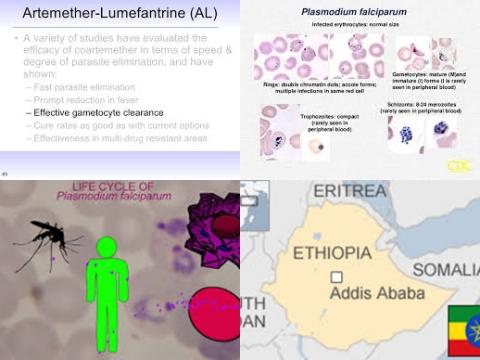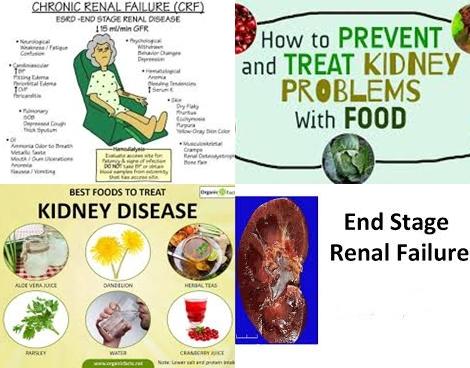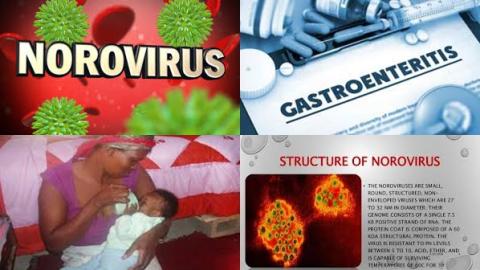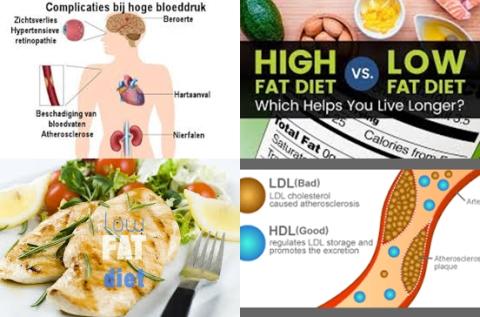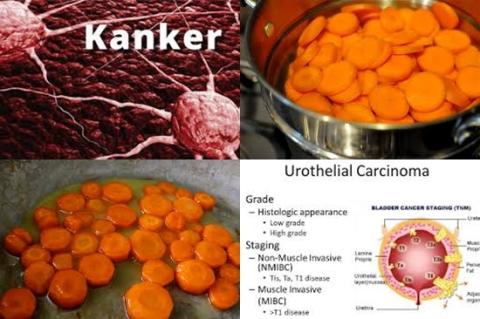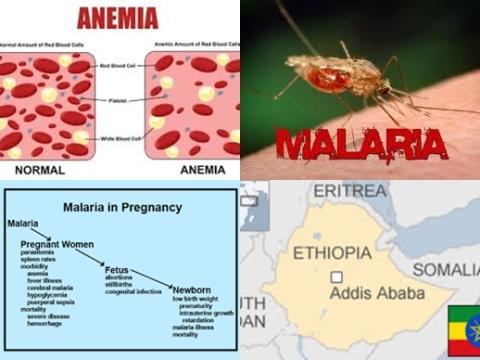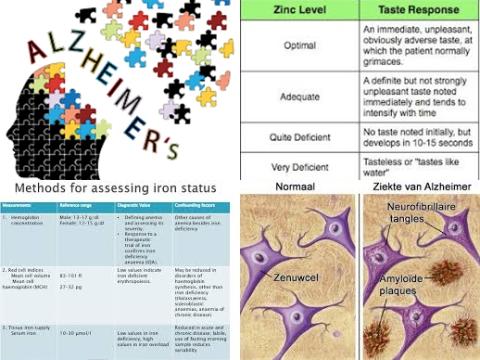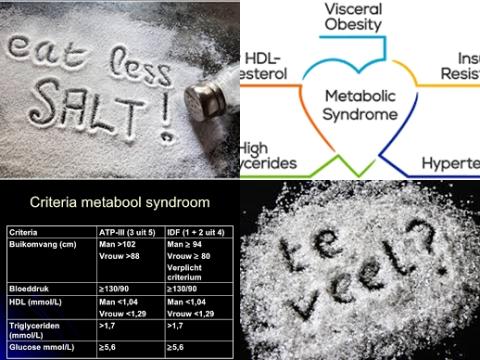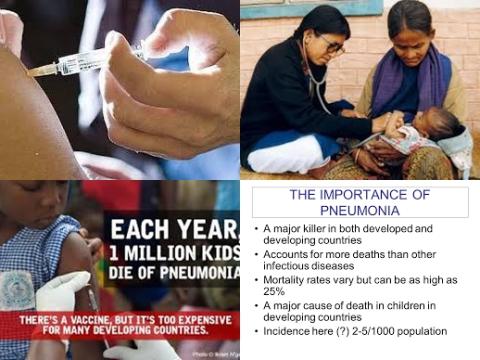At least 28 g/d whole grain intake reduce risk of total, cardiovascular and cancer mortality
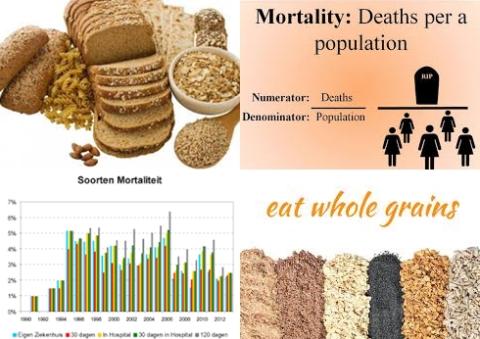
Objectives:
Whole grains are rich source of nutrients and have shown beneficial effects on human health. Therefore, this meta-analysis (review article) has been conducted.
Do taking whole grains reduce mortality risk?
Study design:
This review article included 19 cohort studies with in total 1,041,692 participants and 96,710 deaths.
Results and conclusions:
The investigators found when comparing the highest versus the lowest categories of whole grain, a significantly reduced risk of 16% [RR = 0.84, 95% CI = 0.81-0.88, n = 9] for total mortality.
The investigators found when comparing the highest versus the lowest categories of whole grain, a significantly reduced risk of 17% [RR = 0.83, 95% CI = 0.79-0.86, n = 8] for cardiovascular mortality.
The investigators found when comparing the highest versus the lowest categories of whole grain, a non-significantly reduced risk of 6% [RR = 0.94, 95% CI = 0.87-1.01, n = 14] for cancer mortality.
The investigators found a nonlinear relationship of whole grain intake with risk of total, cardiovascular and cancer mortality.
The investigators found each 28 g/d intake of whole grains was associated with a 9% [pooled RR = 0.91, 95% CI = 0.90-0.93] lower risk for total mortality.
The investigators found each 28 g/d intake of whole grains was associated with a 14% [pooled RR = 0.86, 95% CI = 0.83-0.89] lower risk for cardiovascular mortality.
The investigators found each 28 g/d intake of whole grains was associated with a 3% [pooled RR = 0.97, 95% CI = 0.95-0.99] lower risk for cancer mortality.
The investigators concluded that a higher whole grain intake (at least 28 g/d) reduces risk of total, cardiovascular and cancer mortality. These findings support current dietary guidelines to increase the intake of whole grains. Government officials, scientists and medical staff should take actions to promote whole grains intake.
Original title:
Association of whole grain intake with all-cause, cardiovascular, and cancer mortality: a systematic review and dose-response meta-analysis from prospective cohort studies by Zhang B, Zhao Q, [...], Wang X.
Link:
https://www.ncbi.nlm.nih.gov/pubmed/29091078
Additional information of El Mondo:
Find more information/studies on cardiovascular disease and cancer right here.
